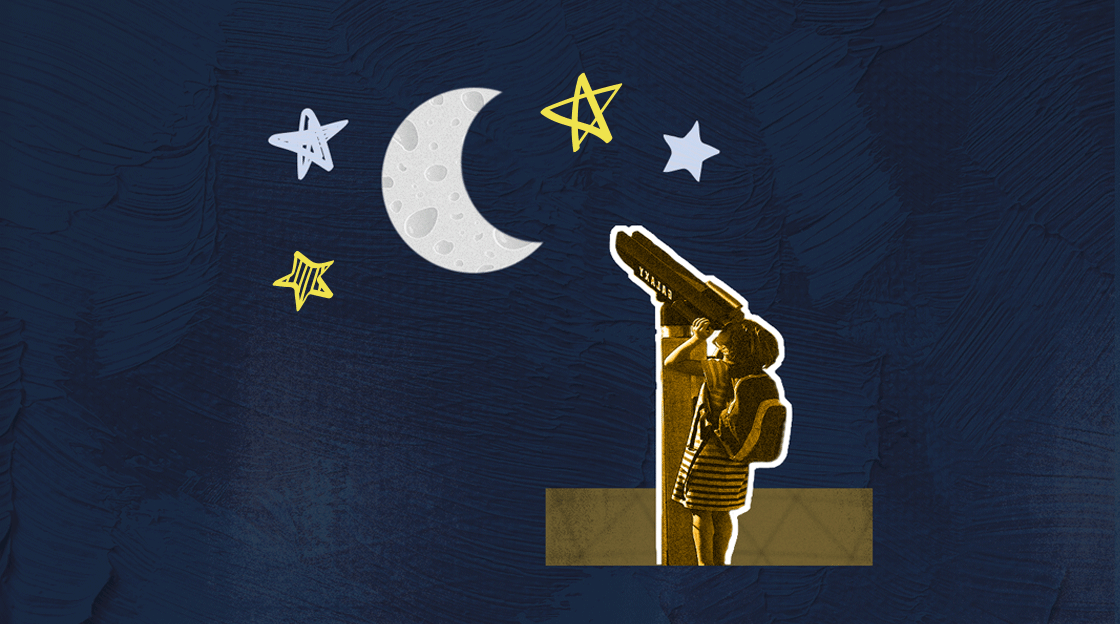It was an unusual sight in the College of Southern Nevada’s North Las Vegas campus parking lot. People gathered outside one warm October morning, the air buzzing with anticipation. The bustle revolved around the Dale Etheridge Planetarium, in the south wing of the campus, where an annular solar eclipse event brought hundreds of visitors during the three hours that the moon’s shadow darkened the asphalt. The planetarium had set up solar-filtered telescopes and provided $2 eclipse glasses to gazers who were, to say the least, starstruck.
The 100th anniversary of the world’s first planetarium this year offers a good excuse to discover Southern Nevada’s only public planetarium and its tight-knit community. Humble in comparison to L.A.’s Griffith Observatory or Chicago’s Adler Planetarium, our dome has welcomed students, families, and astronomy enthusiasts since it opened in 1977, one of many that sprung up on campuses on the heels of 1960s space exploration. The 66-seat, 30-foot-domed venue with an observatory telescope outside hosts private research and space movie showings in addition to weekly public viewings and year-round astronomy events.
On my first visit, I saw a 20-minute movie about the history of telescopes. It didn’t prepare me for my fellow visitors’ ardent science questions, or the knowledgeable presenter’s personable responses. To reach people outside its niche, the planetarium started events catered to other interests, such as “Meditation Mondays” and “Storytime Under the Stars.” It’s also home to monthly meetings of the Las Vegas Astronomical Society, a group planetarium manager Andrew Kerr describes as the “most selfless people … who travel all over Las Vegas to share their time for free as ambassadors of astronomy.”
Kerr took over management in 2014 after the first director, Dale Etheridge, retired. An astronomer and educator at heart, Etheridge built the planetarium to what it is today; a legacy his successor takes seriously. “We have a big responsibility to be an institution of science learning within Las Vegas and the surrounding area,” Kerr says, acknowledging the massive shadow cast by the Strip’s latest spherical spectacle.
To be an educational home for young astronomers, rather than a travel destination — there’s pride in that, Kerr says. It’s rooted in the promise the planetarium has offered youth since their first elementary-school planetarium trip. In a city known for entertainment, the planetarium gazes beyond the neon lights to the stars above.








